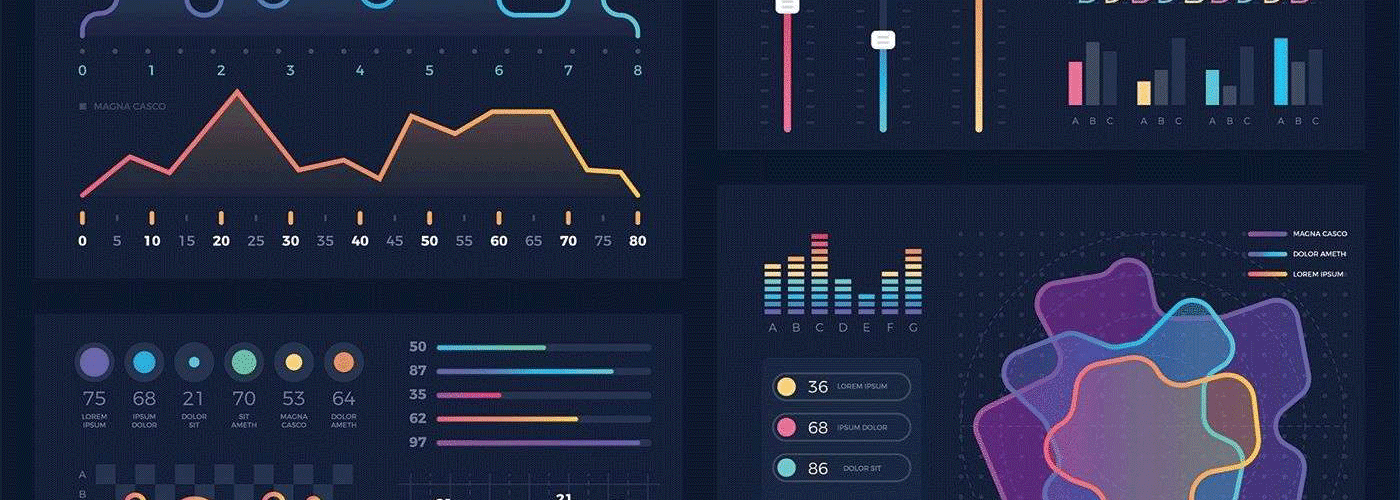Data Warehouse vs. Database: What’s the Difference?
When it comes to data management, terminology can be confusing. Two terms that often get intertwined are “data warehouse” and “database.” While both deal with data, these two categories serve distinct purposes and have their own unique features.
What is a Data Warehouse?
A data warehouse is a centralized repository of data that is specifically designed for query and analysis. It is a powerful tool for storing, managing, and analyzing data from multiple sources. Data warehouses are optimized for data retrieval, making them an ideal choice for decision-making and business intelligence.
What Are Databases?
Databases are structured collections of data organized in a systematic way. They are designed for efficient data storage and retrieval. In essence, a database is like a well-organized library, where each book represents a table and each page a record, making it easy to locate and extract specific information.
Databases come in various types, including the two most typical, relational and NoSQL.
- Relational Databases: These are the most common type of databases. They use structured tables and adhere to a set schema. SQL (Structured Query Language) is often used to query and manage data in relational databases.
- NoSQL Databases: These databases are designed to handle unstructured or semi-structured data. They are flexible and can store data in various formats, making them suitable for dynamic processes or systems that communicate with one another.
Data Warehouse vs. Database
Here are some of the key differences between a data warehouse and a database.
Data Storage and Organization
Data warehouses are typically used for long-term storage of historical data. They hold large amounts of data that may originate from various sources. The warehouse then transforms the data into a structured format for analysis. The data in a warehouse is optimized for complex queries.
Databases are designed for efficient data storage and retrieval. They typically store data in a structured format and adhere to a specific schema. Databases are well-suited for transactional processing and are ideal for applications that require real-time data access.
Data Usage
Data warehouses are used primarily for business intelligence and data analysis. They support complex queries and reporting, enabling organizations to gain insights from historical data.
Again, databases are used for transactional operations, such as recording, updating, and retrieving specific pieces of data in real-time. They are ideal for e-commerce, customer relationship management (CRM), and content management systems.
Schema Flexibility
Data warehouses often have a well-defined schema and are less flexible in terms of accommodating changes in data structure. They require a structured format for efficient analysis.
Relational databases have a rigid schema, which means data must adhere to a predefined structure. NoSQL databases offer more flexibility and can handle unstructured or semi-structured data, making them suitable for dynamic data requirements.
Query Complexity
Data warehouses are optimized for complex queries and data analysis. They enable users to run extensive analytical operations, aggregations, and reporting.
Databases are designed for straightforward data retrieval and transactional operations. They excel at quick and simple queries to fetch specific pieces of data.
Putting Data to Work for You
Need help understanding or better utilizing your data? Dymeng can help! We are skilled in all things data and are ready to streamline your systems to gain better insights and optimize efficiency. Contact us today!


